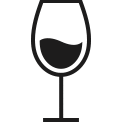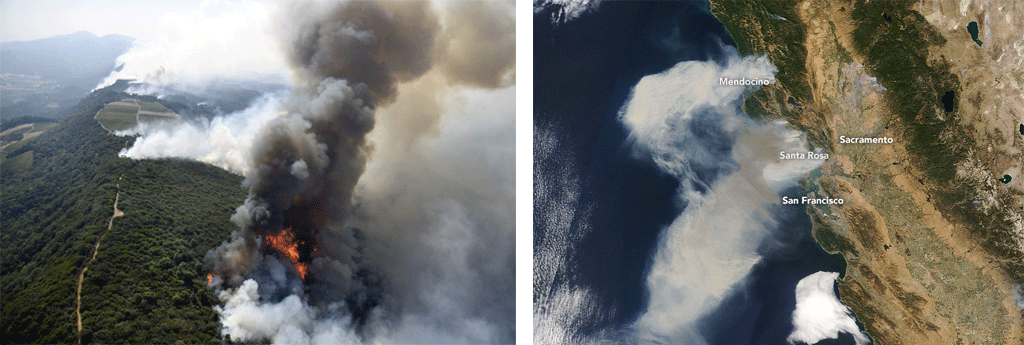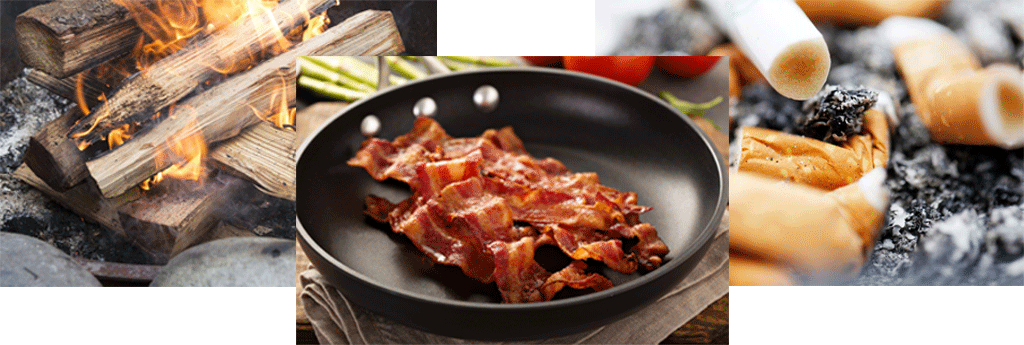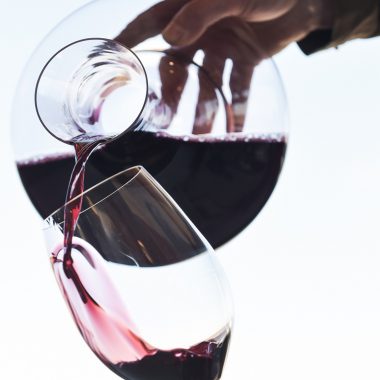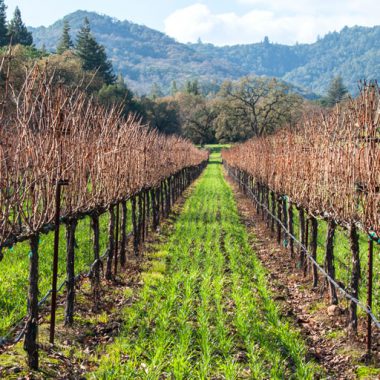Smokey and the Barrel
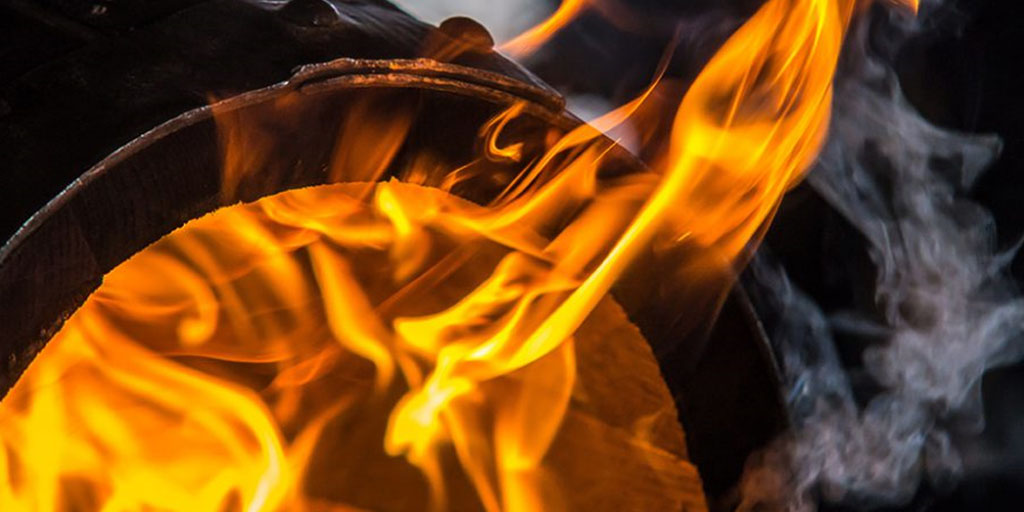
In the past two years, California has seen a lot of devastation. Some of the most famous names in the wine business are now known also as sad statistics: Signorello, Castello Di Amorosa, Chateau Boswell and Cain Vineyards. I do not know the regions of Mendocino, Lake County or Santa Cruz as well as I know Napa County, but all over the State, vineyards have suffered. Will these devastating wildfires that swept through our valleys leave a long-lasting impact? Does smoke taint in wine and in the vineyards present a legitimate concern?
Regarding the vineyards, let me reassure you right away, that there is not, to my knowledge, a long-lasting effect. Branches are pruned every year and the leaves are falling. Anything that would have been smoked does not stay from year to year.
Smoke from the fires remained in the Valley for weeks. With prolonged exposure to smoke, vines can absorb unwanted flavors, which are passed on to the finished wine.
When wood burns, it releases aromatic compounds called volatile phenols. Berries are like small sponges. In the vineyard, these compounds can permeate the grape skin and rapidly bond with the sugars. This process renders the phenols no longer volatile, meaning their smokiness cannot be detected by smell or taste. Once the grapes are fermented, the acidity in the resulting wine will begin to break those bonds, rendering the phenols volatile once again.
Clove has a lot of volatile phenols like guaiacol. Clove is in the same family of smells found in smoke. Tests for smoke taint are done on the skin first to determine if the grapes are at risk to develop these smells later. Wines without oak treatment are easier to assess. Smoke taint can be described as “smoky,” “bacon,” “campfire” and “ashtray.” Smoke taint is long-lasting and can linger on the palate even after the wine is swallowed or spit out.
Smoke taint can ruin a wine. There’s no evidence it can make you sick, but the flavors associated with heavy smoke taint are enough to deter consumers from taking the risk on a wine that might be affected.
Fortunately for Northern California’s 2017 vintage, most of the grapes had been harvested before the fires broke out. Only a few vineyards of Cabernet Sauvignon grown in higher elevations were in danger due to a later harvest. This year the season started much earlier in July, August and September. Air quality in California was poor and would not affect wines that were already fermented or that had finished their primary fermentation. Indeed, they were saturated with carbon dioxide which acted as a protective blanket. This year we will have to start assessing any impact at the beginning of 2021.
Smoke taint is largely a red wine issue. The skins are used during the fermentation for maceration. Whites grapes are simply pressed off and the compounds do not have time to be transferred into the grape juice. As for the smoke residue that sits on the grape skin–you can’t just rinse it off.
Research being done in Australia has not yet determined if one varietal is more susceptible than others. Cabernet, with its thick skin, seems to be the most sensitive. Researchers from UC Davis and Washington State University are currently investigating ways to evaluate risk of smoke taint. Winemakers can lower the exposure of the juice to the skin by using natural fining agents like activated carbon or by using a reverse osmosis filtration system. However, none of these methods are perfect, and seemingly eradicated taint can sometimes resurface.
The good news for affected vineyards is that the taint does not permanently stay in the soil structure or the plant structure. Our wine team is hard at work to evaluate each lot presented to us. The only “smokiness” you will get from a glass of WineShop At Home wines will be from a beautiful, medium to high-toasted oak barrel.
